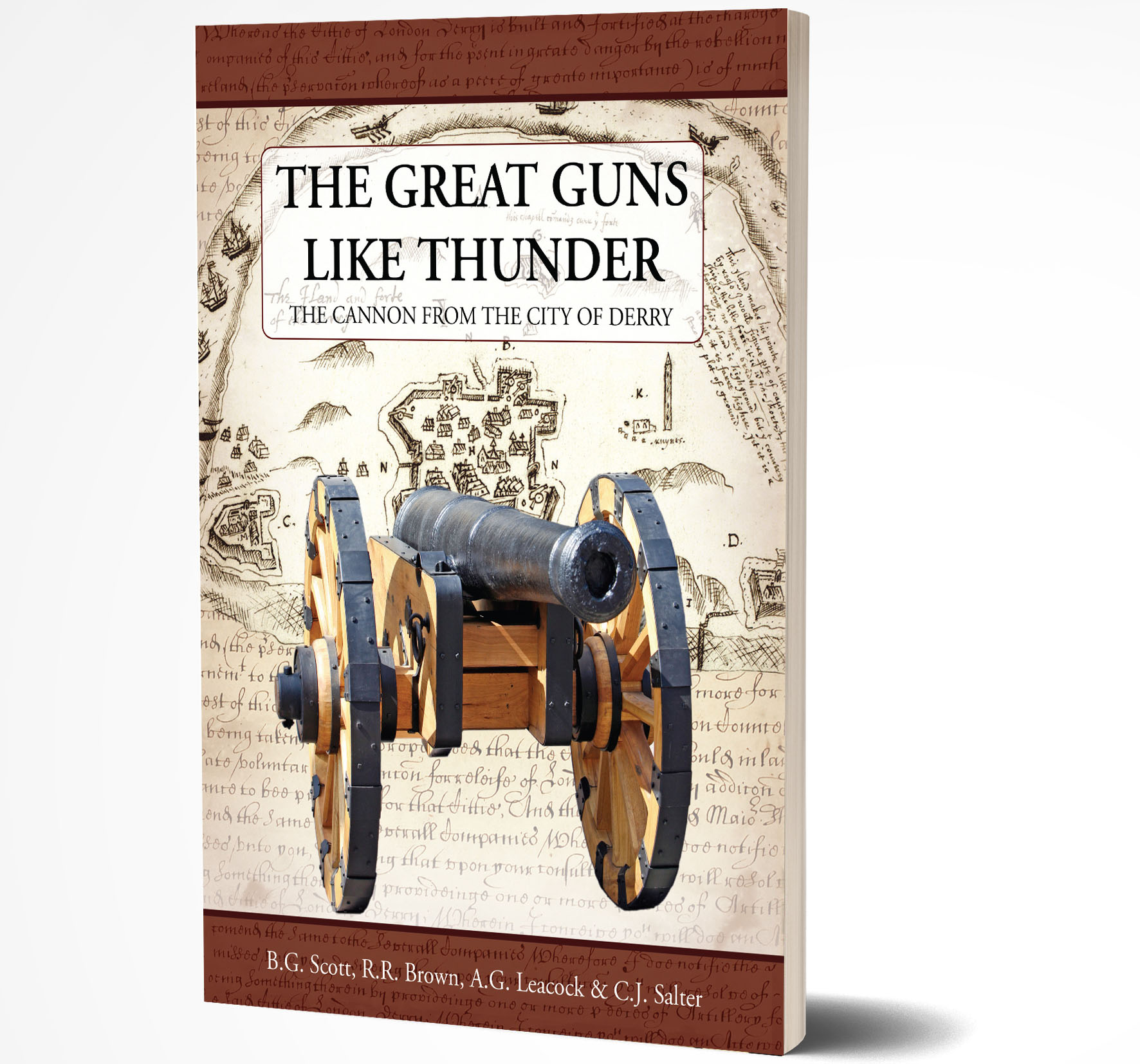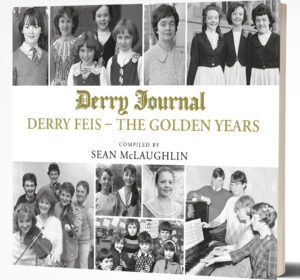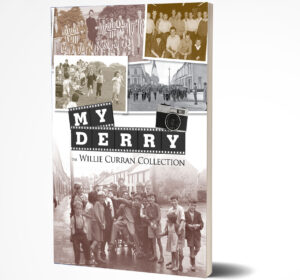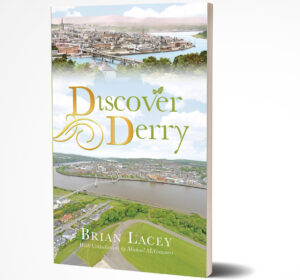BG Scott, RR Brown, AG Leacock & CJ Salter
The cast-iron guns of the Maiden City survived turbulent times. At a most basic level, they are ponderous lumps of cast iron made to wreak death and destruction. But step back a little, and their elegant forms and delicate mouldings contradict the intent of their users. In the wider context of the Atlantic archipelago in the last years of the 16th century and first half of the 17th, they demonstrate accelerating innovation and expertise in the production, manipulation and casting of large volumes of molten iron. In the 18th century, the quest to produce accurate bores gave rise to the technology that underpinned the development of the steam engine, a revolutionary new power source that brought mechanisation on an unprecedented scale. In short, these cannon bear witness to emergent technologies that later would be at the heart of the Industrial Revolution.
Cast-iron cannon came from an industrial complex spanning the mining of iron ores, construction of charcoal-hungry blast furnaces, and the making of the clay moulds into which the molten metal was poured. The structures of the cast metal observed in this study reveal something of the strengths on which commanders could rely and the weaknesses of which gunners had to be aware of for their lives. But cannon without gunpowder could not fire, and without proper carriages as transport and stable firing platforms, they had no military value. Thus, for cannon to reach ramparts or battlefields required networks of miners, transporters, foundry men, saltpetre producers, sulphur importers, foresters, charcoal burners, clay diggers, blacksmiths, carpenters, wheelwrights, merchants, bankers and financiers, and armies of labourers. They fed a thriving arms trade – both legal and illegal– being produced and sold by some very flamboyant and colourful characters.
The stories of how and why these cannon are on the City Walls of Derry, and how they were deployed and used, illuminate their times by weaving together many strands into a complex and vibrant historical tapestry.
The restoration of these guns and the publication of their fascinating story in this well-researched and beautifully presented book are both very welcome and significant events. Guy Wilson, chairman, ICOMAM
This splendid illustrated publication is a notable interdisciplinary triumph worthy of the importance of its subject and a credit to the authors and all concerned in its publication. John McGurk, author
A beautiful and detailed publication. The historic city has truly been magnificently served! Brian Lacey, The Discovery Programme, Dublin
A remarkable achievement – an exceptional volume both in terms of academic excellence and presentation. This book should be read by everyone with an interest in the heritages of these islands. Dr WP Kelly, history lecturer, University of Ulster
The whole story of the restoration project by Derry City Council is well documented and beautifully presented in this splendid volume. Annesley Malley, historian
One can always find unasked questions, but those posed in this book are convincingly answered. The interdisciplinary team are to be commended for producing a work that is at once solidly scholarly and sumptuously presented. Pádraig Lenihan, history lecturer, University of Limerick




